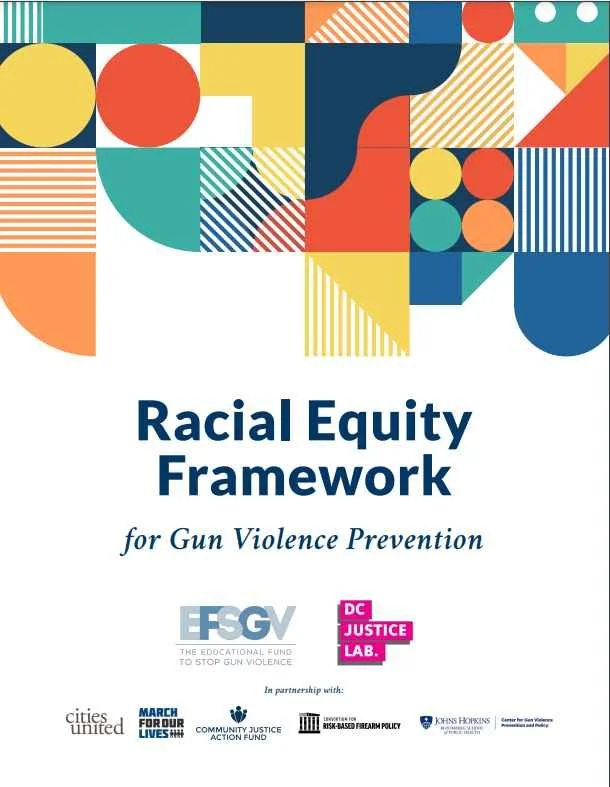By Glenn L. Pierce; David Lambert; Daniel Trovato; and Peter Gagliardi
This study examines the innovative use of firearms related evidence to enhance violent crime investigations in New Jersey. This effort changed the use of firearms forensic evidence from a sole evidential focus to one that also incorporates a premonitory focus required to generate investigative leads. This project demonstrated the critical importance of fusing firearms forensic evidence such as ballistics imaging with locally available information, such as arrest and incident data on a statewide basis. This study further demonstrated the value of ballistics imaging to connect previously unconnected incidents, individuals, and weapons particularly when combined with other law enforcement data sets. This project demonstrated the critical importance of fusing firearms forensic evidence such as ballistics imaging with locally available information, such as arrest and incident data on a statewide basis. This study further demonstrated the value of ballistics imaging to connect, previously unconnected incidents, individuals, and weapons particularly when combined with other law enforcement data sets. It illustrated the critical need of information sharing across forensic, criminal intelligence (such as fusion and real time crime centers), and investigative entities across all levels of government – local, state, and federal - in supporting violent crime suppression efforts. The study is a mixed methods approach to policy analysis using both quantitative and qualitative analysis. The researchers’ analyzed ballistics imaging submissions over a multi-year period in addition to examining open source and agency documents that tracked many of the crime reduction projects the New Jersey State Police incorporated into their crime gun intelligence effort.
Boston: Northeastern University, 2023. 120p.




















